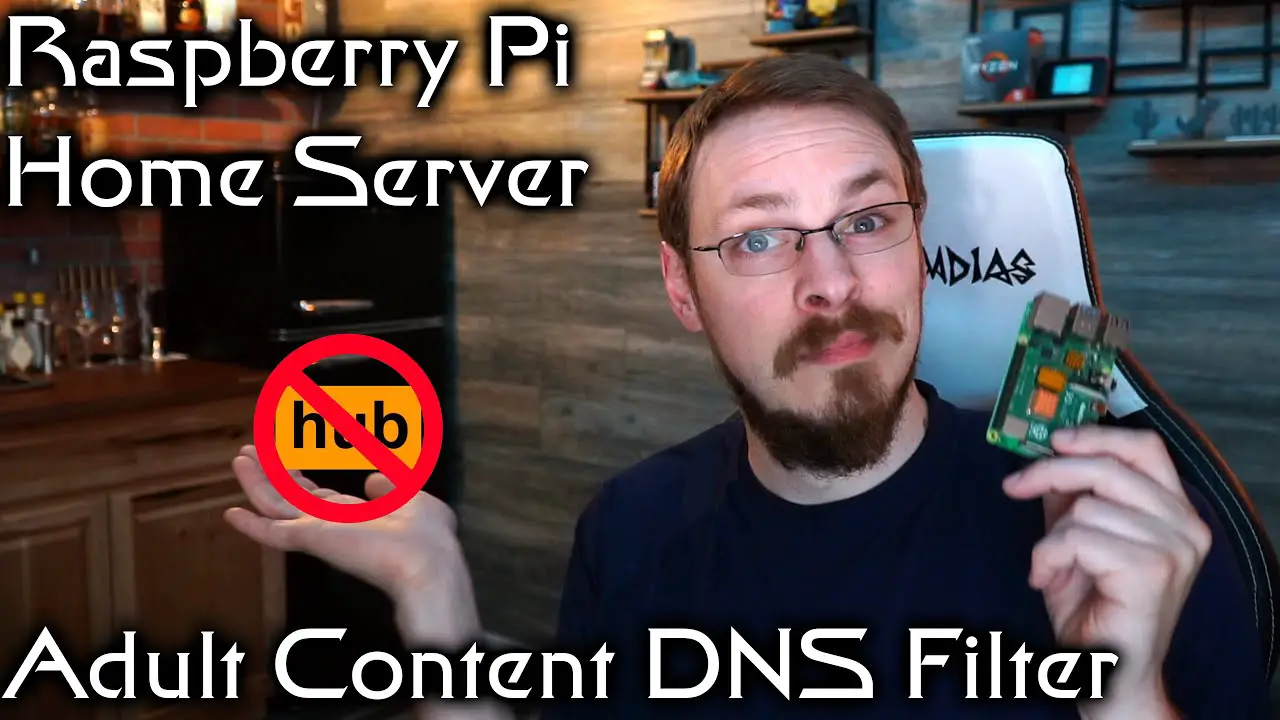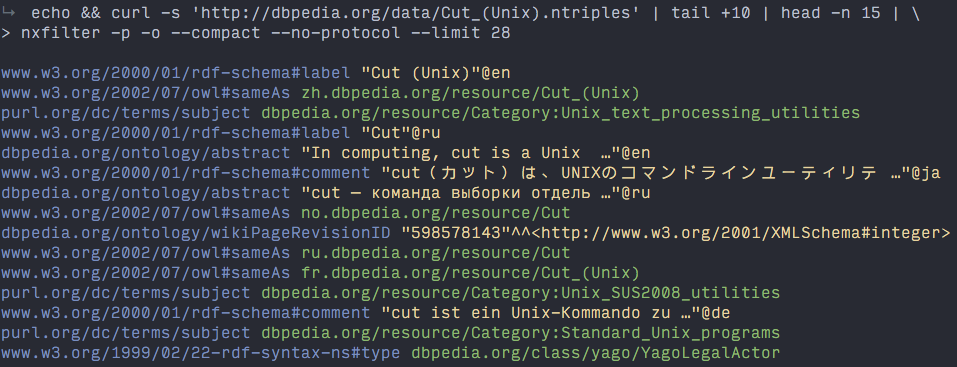

Then you will need to start the service like so: systemctl start rvice If the result returned: Active: inactive (dead)


Once the installation is complete run the following to see whether NxFilter is running: systemctl status rvice To run the installation package execute the following within putty: yum -nogpgcheck localinstall nxfilter-4.1.Ĭhange the file name in the above syntax to reflect the file name that you uploaded via WinSCP earlier in this process. Open Putty and navigate to your /tmp folder like so: cd /tmp We are now ready to install NxFilter onto our server. In my case the file was called nxfilter-4.1. Drag and drop your preferred rpm from your extracted files folder into your WinSCP /tmp pane. Now open WinSCP and navigate to the /tmp directory. Extract the files from zip file in preparation for uploading to your CentOS server. In my case it was named DeepWoods-nxfilter-rpms-e32cd76552c8.zip. Go to Rob Asher's NxFilter RPMs page here:Ĭlick the Download Repository link from the site above to download the zip file. Now we'll download the RPM packages necessary to install NxFilter. firewall-cmd -permanent -add-service=httpįirewall-cmd -zone=public -add-port=443/tcp -permanentįirewall-cmd -zone=public -add-port=53/tcp -permanentįirewall-cmd -zone=public -add-port=53/udp -permanent HTTP or port 80 is used to connect to the web GUI and port 53 is required to allow DNS requests from machines on your network. Now that your machine is up to date we'll open the ports necessary to connect to NxFilter once it's installed. Connect to your machine using Putty and ensure that your machine is patched fully by using: yum update My example is running as a VMWare virtual machine. This tutorial assumes that you have a working install of CentOS 7 and you have access to and know how to use Putty and WinSCP. Today I'll show you how to install and configure NxFilter on CentOS 7.


 0 kommentar(er)
0 kommentar(er)
